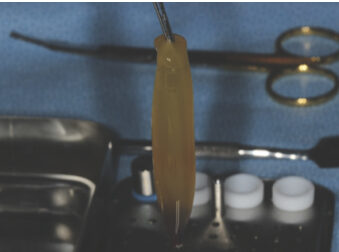When we think of Platelet-Rich Plasma (PRP) therapy, we often associate it with cosmetic procedures or sports injuries. However, the remarkable potential of PRP extends far beyond those boundaries. In this blog, we’ll delve into the fascinating world of PRP in dentistry, uncovering how this innovative therapy is making waves in oral health and dental procedures.
The Healing Power of PRP
Before we explore PRP’s applications in dentistry, let’s briefly revisit the essence of PRP therapy. PRP harnesses the body’s natural healing abilities by concentrating platelets and growth factors from your blood. These concentrated components play a pivotal role in tissue repair, collagen production, and cellular rejuvenation.
PRP in Dentistry: Applications and Benefits
Dentists and oral surgeons have recognized the potential of PRP therapy to enhance various dental procedures. Here’s a closer look at how PRP is making a difference in oral health:
1. Dental Implants:
Dental implant procedures involve the placement of titanium implants into the jawbone. PRP can be used to accelerate the healing process and enhance bone regeneration around the implant site. This not only reduces the risk of implant failure but also shortens the recovery time for patients.
2. Bone Grafting:
In cases where there is insufficient bone structure for dental implants, bone grafting may be necessary. PRP can be combined with bone graft materials to stimulate tissue regeneration and promote the integration of the graft with the surrounding bone.
3. Periodontal Procedures:
PRP has shown promise in the treatment of periodontal (gum) disease. It can be applied topically to the gum tissue or injected into periodontal pockets to promote tissue healing and reduce inflammation.
4. Tooth Extractions:
After tooth extractions, PRP can be used to enhance socket preservation, reducing the risk of bone loss in the extraction site. This can be particularly beneficial for patients considering future dental implants.
5. Oral Surgery:
PRP can be used in various oral surgical procedures to accelerate healing, reduce discomfort, and improve the overall outcome.
How PRP is Administered in Dentistry:
The process of using PRP in dental procedures is relatively straightforward:
Blood Collection: A small sample of the patient’s blood is collected, typically from the arm, similar to a routine blood test.
PRP Preparation: The collected blood is processed in a centrifuge to separate the platelet-rich plasma from other blood components.
Application: The PRP is then applied directly to the treatment area or mixed with graft materials, depending on the procedure.
Transforming Oral Health
PRP therapy in dentistry represents a transformative approach to oral health and dental procedures. By harnessing the body’s natural healing potential, PRP enhances tissue regeneration, reduces the risk of complications, and accelerates the recovery process. As the field of dentistry continues to embrace the benefits of PRP, patients can look forward to more efficient and comfortable dental treatments, ultimately promoting better oral health and well-being.








